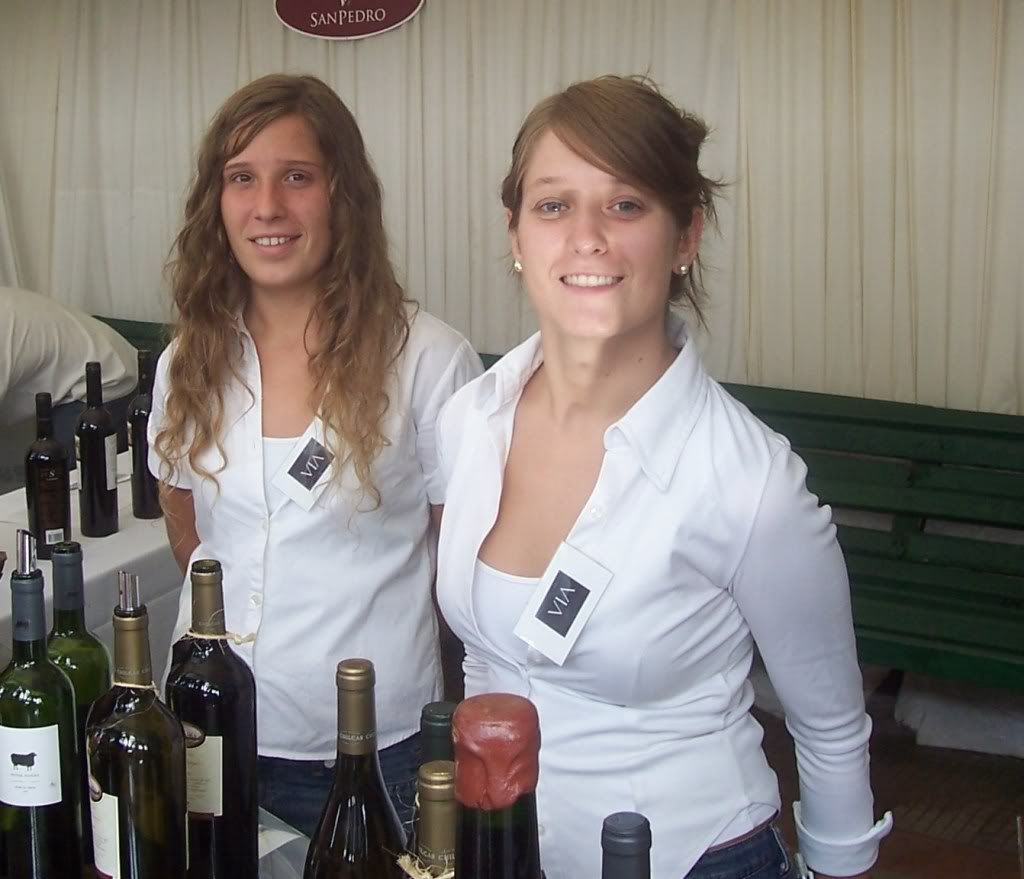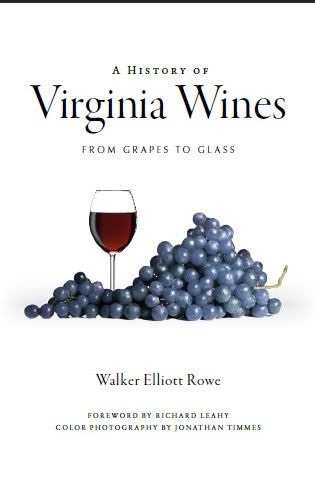To make a proper survey of organic farming one needs to look at biodynamic farming for one is an extension of the other. When I first looked at biodynamic farming I was skeptical because some of its ideas are downright wacky. Later I embraced some of its concepts but not all of them.
Biodynamic farming is based on a series of lectures given more than a hundred years ago by Rudolph Steiner. The Austrians were concerned that their farms were losing productivity so they asked Mr. Steiner to take a look at ways to improve soil, plant, and animal fertility. Mr. Steiner in turn took at look at practices that peasants had been using for centuries and put together procedures and developed plant nutrients to harness their experience. The ideas that he developed have been come to known as “biodynamic farming”.
Biodynamic farming is basically the same as organic farming with two added concepts. The first says there is an optimal time to plant seeds or harvest plants based upon the phases of the moon and position of the sun and stars. That the tug of the moon’s gravity exerts an influence on the tides is obvious. But biodynamic farmers believe this gravitational force also has an effect on agriculture. As there are times when the spring tides are high, there is a time when the soil is optimal for cultivation.
The second pillar of biodynamic farming is based upon the use of compost. This is not regular compost used by organic and conventional farmers alike. Rather this compost has been treated with various biodynamic formulations—stinging nettle for silica, valerian to capture cosmic energy--designed to improve plant health. These are buried in the ground in the stomach of a deer and then tossed into a vortex to spin so they can soak up cosmic energy. This is the part of biodynamic farming I found a bit silly. Still I use stinging nettle on my watermelons because watermelons need silica and stinging nettle is loaded with that.
Doug Whipple operates a biodynamic farm only a few miles from my house. So I went to pay him a visit. When I first pulled into Whipple’s Biodynamic Farm I thought the big burly fellow who was working on the mowing deck of a tractor was the hired help. But this scruffy looking fellow was Mr. Whipple himself working in the front yard. His Hungarian wife, Gabriella, was out front cleaning radishes, dill, and red iceberg lettuce for delivery to customers that had enrolled in the Whipple’s CSA (community supported agriculture) program as subscribers. Their tiny daughter Lilly was running around the yard completely naked except for chocolate stains all over her face.
Doug is an attorney who spent nine years working in
We walked down the hill to his vegetable farm, past the young oak trees whose roots were inoculated with truffle spores, past the irrigation pond, and past the barn where the farm intern worked, and down to his garden of sweet corn, tomatoes, eggplants, beans, radishes, beets, carrots, lettuce, tomatillos, and beans.
Here in the middle of whitetail deer country there was no electric deer exclusion fence. Doug explains that they use the recording of a mountain lion in lieu of a deer fence. Gabrielle laments that, “It does not work for rabbits”.
I asked Doug questions about plant disease problems since organic farmers do not use chemical pesticide to control them. Doug explained that tomatoes have problems with ring spot and tobacco mosaic virus. As for other maladies, he says he takes care not to water them much because that makes fungal problems worse. He said that pepper plants are susceptible to leaf spot which is a bacterium. Other problems include anthracnose which is a problem for corn and grape growers as well. Asked about his pest and fungicide control program he says, “I try and do nothing”.
Doug says the goal with biodynamically grown vegetables is to make them healthy so that they can use their own defenses to ward off disease and pests. He says “Biodynamic farms make healthy plants” and counsels to “avoid conditions that create fungus”.
He says late blight is a big problem on tomatoes and “can wipe them out”. For that he uses copper and hydrogen peroxide which are both listed as organic. He buys foliar sprays from
Most of the problems he has are insect related. He says, “If a plant gets stressed, aphids come in. We spray them with dish washing soap.” For flea beetles—which chew tiny holes in the foliage—he uses neem oil which comes from a tree grown in
I have always found it interesting that each vegetable has its own pest often named for the plant on which they live. So it is with the Colorado potato beetle which feeds on, obviously, the leaves of potato plants. It looks like a lady beetle except it has stripes. To control these you can see one reason why organic produce is more expensive than produce which is conventionally grown. Doug protects his potato plants with floating row covers which are kind of spun cotton tents tossed over each row of plants—they are so light that they literally float above the plants. These keep out pests but are obviously expensive. They also protect plants against frost damage down to 27 degrees Fahrenheit which is an added benefit.
The farm here is crisscrossed with irrigation hoses that Doug and his intern move around all day long. It is especially important for the many varieties of lettuce grown here which Doug says need watering every day least they turn bitter. The irrigation system is gravity fed from a pond.
For weed control he uses paper and plastic mulch. Since plastic is made from the petroleum—petroleum is the target of ire for organic farmers--Doug prefers to use 3 foot wide craft paper and straw. He puts down mulch and then pokes a hole for the seed. He uses a mulch layer machine to apply the mulch and bury the edges in dirt.
Doug plants seeds per the biodynamic calendar spelled out in the Stella Natura Agricultural Planting Guide and Calendar. He says,” Organic is the beginning of biodynamic. Biodynamics is about growing food that gives humans more of the vitality they need. In a biodynamic farm you are looking at the whole system.”
After sampling his produce you would agree with his sentiment that the grocery store food is so bad he can hardly eat in anymore. Doug would like to see such quality produce available for ordinary people. “What they buy in the grocery store and what they want should be the same.” As for himself, “So many things now I cannot eat in the grocery store because they taste bad for me.”
Doug also does not like grocery store milk for it is pasteurized. (Pasteurized milk is heated to 150 degrees for a few minutes to kill off any bacteria. Some say this kills of flavor and nutrients too.) Milk which is not pasteurized is called “raw milk”. In
For insect control Doug plants buckwheat whose flowers attract beneficial insects like aphid-eating lady bugs. He says they soak up phosphorous from the soil which is turned back into the ground when you till it in. For cover crops he uses winter rye and winter peas. Winter peas put 200 pounds of nitrogen in the soil per acre if you till them in when they flower in May. For fertilizer uses a blend of kelp and ground up fish. I find that winter rye is good because you can dig a row right into the grass and then plant young plants thus having instant mulch. But winter rye inhibits germination of seeds so know that if you plan to use it.
At Whipple Farm tomatillo is grown on trellises consisting of two strings tied between stakes. This like the heirloom tomatoes he grows have a much better taste than the hybrid tomatoes sold in the grocery store whose main redeeming value, say the critics, is they can survive the long trek from Florida and California farms to the East coast. He also grows a form of artichoke called “cardoon”. Farmers who grow heirloom vegetables says growers have a responsibility to these living bits of history for if there seeds are not handed down from one generation to the next they would become extinct. This is why they are called “heirlooms”. Heirloom tomatoes often have odd shape and color but they have decidedly superior flavor.
Doug wraps up his interview with me in an email whose eloquence does not need editing:
“As for fungicides, pesticides, they are used when needed on our farm. The goal is to get the plant healthy enough to not need them, and each year we get closer. My basics for farming are Serenade Max and H2O2 for fungus (separately, not together; H2O2 also increases the effectiveness of just about anything and is also mixed with my nutritive foliar sprays since it assist the plants in absorbing the nutrients), and Serenade is used with fish oil as a sticker; the fish oil is good for the plant. We’ve got some early blight in our tomatoes right now, and I’m spraying them with Serenade this week, and H202 next week.
“For insect problems, I use Dipel for worms, also with the sticker. If we have a severe outbreak of flea beetles, or potato beetles then I hit them with a combo of Rotenone, dish soap, H2O2, and Diatomaceous earth. I don’t like using Rotenone, since it’s broad spectrum, but it’s the only thing that works fast. Mixing with the H2O2 means I only have to use about half the recommended dosage.
“Finally, the worst critters are the squash bugs. They destroy the Zucchini and mark up the tomatoes. And they are very difficult to kill. For them, I use the same thing as for flea beetles, but with less Rotenone, more diatomaceous earth, and more H202.
“With vegetables, late blight is rarely a problem unless you have a really wet warm season. Late blight can wipe you out quickly. I truly believe that if you get the organic matter in your soil up using compost and green manures, you will avoid many of these issues because high organic matter content soils can take extremes in weather much better. I can literally see the improvement in our soil each year.
“I call myself still in transition (from organic to biodynamic; we’ve never been conventional), since I’m not yet to the point where I can completely dispense with these things. Even if you get to that point, your plants can still get stressed by weather, and then you’ve got to have some tools to deal with it. Of course, I also use the biodynamic sprays for stressed plants. We will use the horse nettle and horn silica in the next two weeks. I’ve not yet tried the biodynamic remedies for insects, simply because I’d rather get my plants healthy. For now, the insects and diseases tell me things, so I want to hear what they have to say. I can see which varieties have weaknesses (e.g., the hornworm has only shown up on two types of tomatoes so far and only about half of the tomato varieties are showing signs of blight). So my goal will be to strengthen the seed for next year, and to continue to improve the relations between soil, plant and sky. While growing biodynamically should also improve seed stock, there are ways of preserving the seed using biodynamic preparations that should strengthen the seed even more.
“I’m really going to try to strengthen potato seed stock. Potatoes have so many problems because of how they’ve been treated in the past couple hundred years. I’m going to see if I can start reversing some of that. I just had some of our potatoes for lunch. Very tasty.”









No comments:
Post a Comment